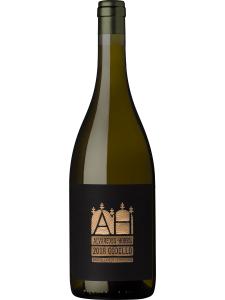-
中文名:
-
英文名:Ribeira Sacra
-
位置:
-
葡萄园面积:公顷
-
葡萄酒特点:
-
产区产量:
-
土壤:
Ribeira Sacra DO (Denominación de Origen) is a winegrowing zone at the heart of Galicia, north-western Spain. Its boundaries are marked roughly by the Mino and Sil rivers, both of which flow down from the Cantabrian Mountains en route to the Atlantic Ocean. Winemaking in this area dates back to Roman times, and was continued by monks during the Middle Ages. The name Ribeira Sacra means 'Sacred Shore,' which most likely references the numerous monasteries in the area.
The landscape of the region is dotted with Romanesque architecture, and the steep slopes and canyons overlooking the two rivers are dominated by beautiful banked terrace vineyards. Here, gradients can reach up to 85 percent, making vineyard work laborious or heroica (heroic), as it is known locally. The Ribeira Sacra area, which today covers around 1200 ha (2965 acres), was accorded DO status in 1996.
Ribeira Sacra is considerably less affected by the Atlantic Ocean than its eastern neighbor, Rias Baixas. The Sil river valleys have a more continental climate, with long warm summers and cold wet winters. Humidity here is also much lower than in the Rías Baixas and the rivers act as thermoregulators. The steepness of the vineyards ensures good drainage of the slate and granite soils and the terraced sites are also positioned carefully to maximise sunshine hours. All of these factors enable the vines here to produce grapes with concentrated flavors, expressive of the local terroir.
Unlike other areas of Galicia, Ribeira Sacra specializes in the production of dry red wines from the Mencia grape, which thrives in this climate, benefiting from the long ripening season and the marked temperature variability.
Brancellao (Alvarelhao) and Merenzao (Trousseau) are the other preferred red varieties, with Garnacha Tintorera (Alicante Bouschet), Sousao (Vinhao), Caino Tinto, Tempranillo and Mouraton also being permitted.
The most important white-wine varieties are Godello (Verdelho), Treixadura and Albarino. Varietal wines may be made from Mencia, Godello and Albarino. Other varieties must be blended in various proportions to adhere to DO regulations that can be found on the website of the Consejo Regulador (wine-regulating authority).
Ribeira Sacra is divided into five sub-regions: Amandi, Chantada, Quiroga-Bibei, Ribeiras do Mino and Ribeiras do Sil.


